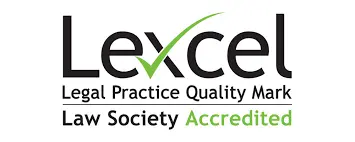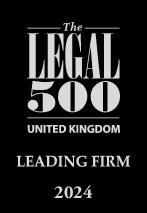Return after Lockdown: Health and Safety – Whistleblowing – Detriment
While the advice remains for those who can to work from home, the Government is encouraging a return for those who cannot while “remaining alert”.
When staff do begin to return, firms will need to reconsider almost every aspect of their usual procedures and expectations. The UK government is continually updating its guidance to employers (Government guidance – working safely) but it remains broad, and firms will need to think through carefully their specific needs and options, particularly to prioritise health and safety, as a fresh outbreak could require closures once more.
Sector specific guidance has been issued. To ensure social distancing requirements, are followed. General guidance includes:-
- Making regular announcements for staff and/or customers to observe social distancing advice and wash hands
- Providing additional pop-up handwashing stations or facilities if possible, providing soap, water, hand sanitiser and tissues and encouraging staff and customers to use them.
- Regular cleaning of key contact points -door handles, lift buttons, keypads stair/escalator handrails
Amazon, which has continued to work during lockdown, illustrates the kind of measures which might be considered. Examples are, the appointment of designated social distancing ambassadors, staggered shift times, elimination of stand up meetings during shifts, spreading out of tables in break rooms and providing PPE.
Employers have a duty under the Health and Safety at Work Act 1974 to provide a safe working environment and ensure health, safety and welfare at work.
Employers need to have a system in place to keep abreast of government advice. This could be internal or external such as a law firm. In addition, a risk assessment of the workplace should be carried out. Adaptations such as seating plans and partitions may be considered as well as other social distancing plans like staggered hours and increased use of videoconferences.
The law also requires specific risk consideration for young people and pregnant women, and it will be important to consider other staff who may have a heightened risk. Failing to take into account a specific employee’s attributes (e.g., age or a disability) could constitute indirect discrimination.
Particularly risky for employers are protections, contained in ss 44 and 100 of the Employment Rights Act 1996, for employees who have a reasonable belief that they may be in “serious and imminent danger” if they return to work. This will also cover risks from, for example, a dangerously overcrowded commute. Firms will need to ensure that they do not breach the law in this area, but also remain prepared for the likelihood that there may be some complaints and claims. Employers should take great care to avoid subjecting employees who raise health and safety concerns to any detriment because they have “blown the whistle”
If you would like a review of any of your existing policies and procedures please contact us at [email protected].




